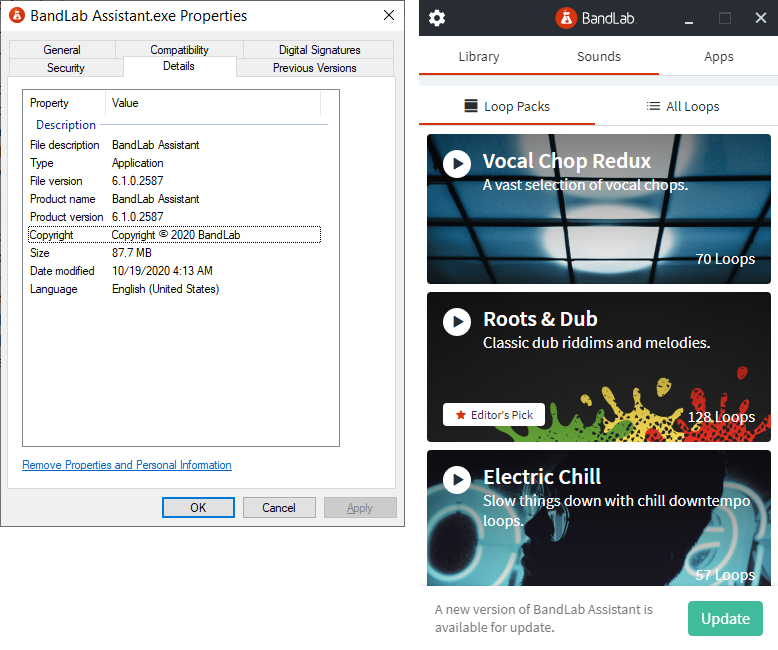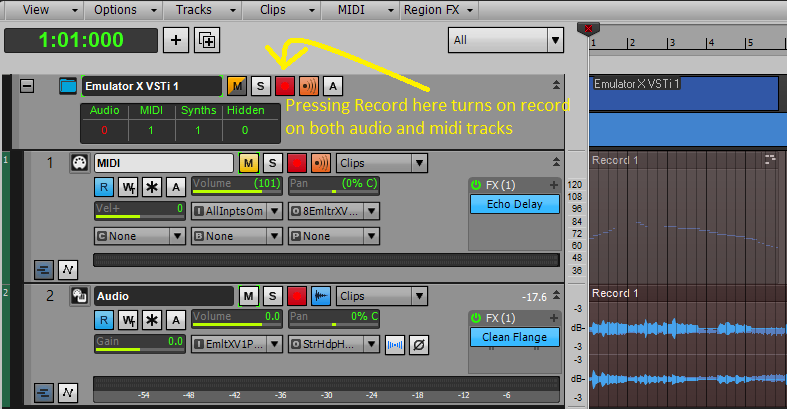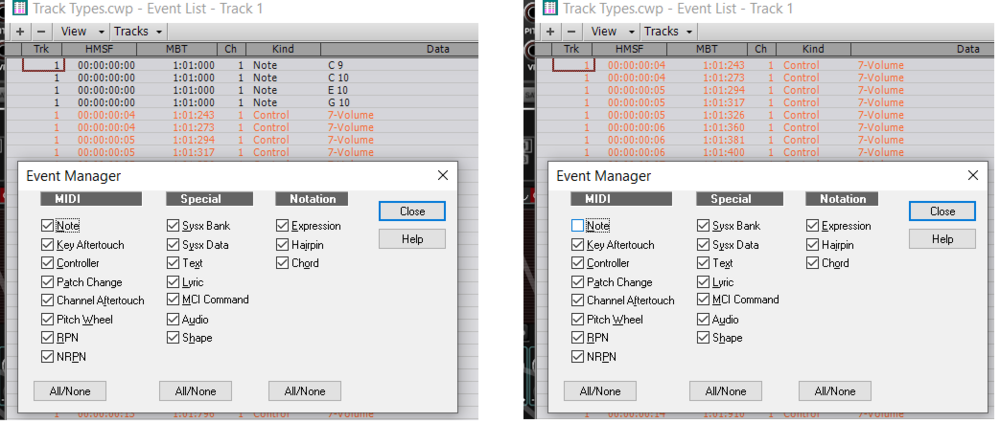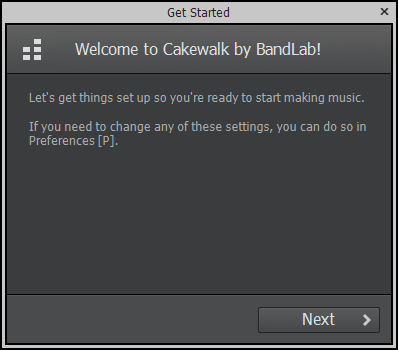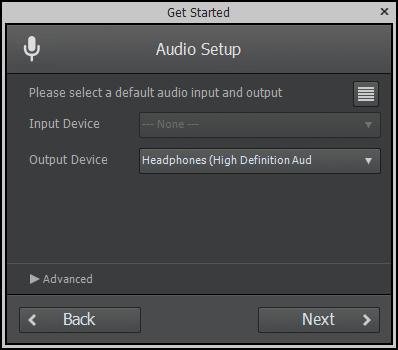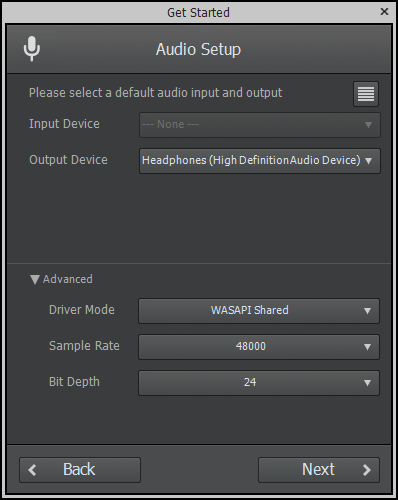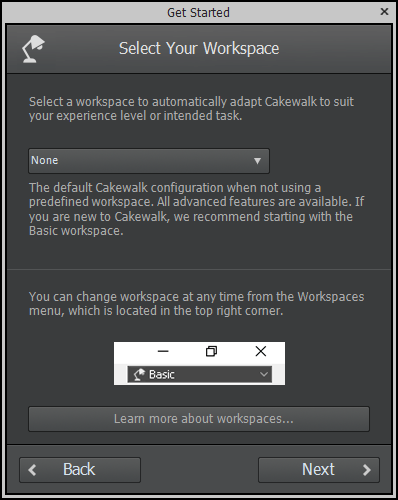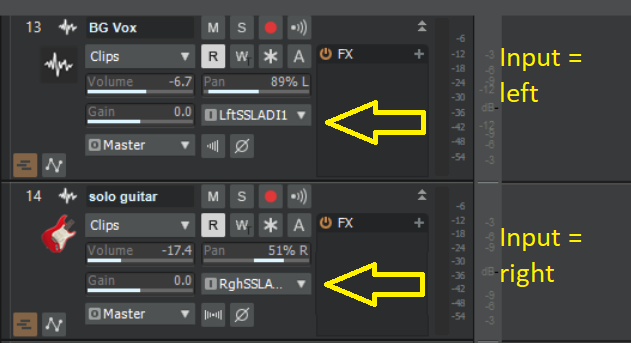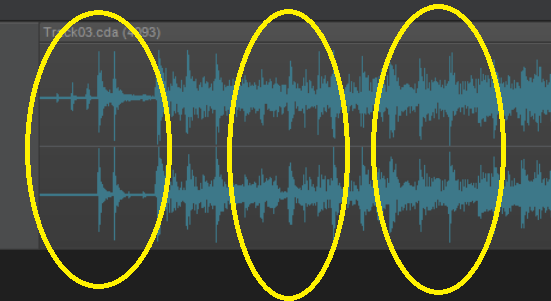-
Posts
5,666 -
Joined
-
Days Won
1
Everything posted by User 905133
-

z3ta fx appearing in Sonar but not Studio One?
User 905133 replied to Kitt's topic in Instruments & Effects
Just sharing a work-around I am using for FX processing with Z3ta+ in a non-DAW host: I turn the oscillators to off. I like that "FX only" presets can be saved and recalled. Maybe this will meet your needs until someone suggests a better solution to using just the fx plug-in. -
It looks like Bandlab Assistant successfully updated to 6.1.0.2587, but that doesn't seem to clear the Update button. I did restart Bandlab Assistant after I was sure it wasn't still in task manager; I did not restart my PC yet. Maybe that will clear the flag. Maybe there is a later/different build that clears the Update button. Will try the direct link. Plenty of options to try to clear the button. Not urgent on my part because Cakewalk seems to work as it did before the Quasi-Update. Update: Without rebooting the PC, I ran the installer again and the the button no longer says "Update." Hope this helps others with the same issue.
-
Actually, I looked up "automation" in the most recent Theme Editing Guide (v.2020.10.13) rather than the Reference Manual. Do the buttons on page 24 look like what you are seeing?
-
Out of curiosity, are you trying to play old *.wrk files created on Cakewalk Pro Audio 9 basically as a MIDI sequencer controlling external MIDI gear?
-
Try recording both the midi track and the audio track at the same time.** If you did not insert them as a split track, split them. Note: This is old school; there might be newer, better ways to do it. I just tested this quickly and it seems to still work, but I did not test it thoroughly in CbB. If someone with more recent knowledge/experience points out there are problems with this method, don't follow it. **Addendum (10/16/2020): (1) Old school method works. (2) Pressing record [aka arm] button in folder containing the non-combined midi and audio track arms both.
-
Footnote: With TTS-1 you can assign audio from the 16 midi channels to any of four outputs as shown here and here.
-
Since Articulation Maps seem to be forthcoming, maybe Expression Maps are on the drawing board, too? Thanks for sharing your music.
- 2 replies
-
- 1
-

-
- film scoring
- midi
-
(and 3 more)
Tagged with:
-
PS: JMO: I don't think your question is silly at all. The "Missing Feature" question has been raised in the forum many times. Also, Cakewalk is quite robust; there is so much to learn with Cakewalk. Plus Workspaces are often misunderstood, overlooked, not used, etc. Learning how to effectively use, customize, and create personal Workspaces is not an easy task. Don't get me wrong--I think they are great!!!!!!! Just saying, if your issue turns out to be a simple matter of changing the "Basic" Workspace to almost any other Workspace (or "None"), you should not feel it was a silly or inappropriate question.
-
Maybe my intent did not come across clearly enough. Sorry.
-

Make Mouse Wheel in Console Window Consistent with Tracks Pane
User 905133 replied to Tim Elmore's topic in Feedback Loop
This seems to be consistent with Cakewalk's customization flexibility. I have been wanting the scroll wheel to work in the Notes Browser when in edit mode (it works in read mode), but it makes sense to me to have each view/subview have its own settable assortment of mouse wheel options. -
Executive Summary: I believe the developers have been sensitive to the needs of non-long-term users as evidenced in part by the new user wizard: Help > Get Started: etc. Just my opinion, but I think the team has done (and continues to do) a praiseworthy job at (1) honoring (a) the software's multi-decade tradition, (b) its many and varied users, and (c) the flexibility of multiple needs and workflows (i.e., different categories of users/consumers) and (2) balancing the needs of many levels of newcomers (i.e., new to audio software, analog and digital recording/production, DAWs, and Cakewalk specifically). Personally, I like that Cakewalk allows users to choose how to set up these parameters. Personally, it bothers me that Windows 10 sets up and makes changes against my wishes almost every time Windows 10 either updates itself or tries to update itself. To me it shows that Cakewalk's developers care about their users experiences and customized workflow preferences. Apologies if some users feel this is "off-topic," but I think it is a directly on-topic response to the OP's valid concerns. I am not sure if there is a pop-up prompt that defaults to the opening of the "Get Started" wizard when there is a new-to-Cakewalk user. If not, perhaps it might help new users if the installer detected new users and had a pop-up dialog that encouraged users to try the wizard--perhaps with some tool-tip/help buttons on each page of the wizard to explain the basis for the choices to be made. In short, I think that if the OP did not know to use the wizard or found it lacking in details, more could be done to get new-comers on board, but at the same time, I don't feel it is a "bug" that Cakewalk allows users to configure the settings themselves.
-
Not sure if this will fit into your workflow or if you have tried it already, but Take Lanes have a space for notes.
-
This picture shows audio going from Track 3 [Genesis Pro I] to a hardware output via the Master bus. If you don't hear it, that could mean that Windows' audio is not set up properly. I have gotten that when either the MS settings or an audio card utility/management program's settings do not match the audio output settings coming from Cakewalk. As abacab points out, one possible mismatch is the sample rate.
-
Thanks for clarifying this. Does it make a difference that Track 13 - BG Vox is being recorded from Lft . . . and Track 14 - solo guitar is being recorded from Rgh . . . ? When I used to record analog audio from synths, I used a stereo pair for input to my sound card. Just wondering here if the use of a mono input makes a difference. I defer to others who still record analog.
-
Are you talking about the track that has the waveform showing? If so, (1) it appears to be a stereo track (that is, it shows two waveforms) and (2) the two channels are different (that is, the audio on the two channels is different) as martin said .
-

What's the recommended TTS-1 setup for MIDI-only musics?
User 905133 replied to Wattana Gaming's topic in Cakewalk by BandLab
If you haven't see this 2019 SOS article on the TTS-1, you might find it helpful--not sure if the stuff discussed under "Save the Day" makes a difference in either of the two scenarios you are considering or if you make use of saving performances. -

Allow Midi FX in the FX Bin of a simple instrument track
User 905133 replied to Matthew Carr's topic in Feedback Loop
or different colors? -
New band to me; enjoying the confluence of influences in the album. Brings back fond memories of many favorite styles of music from over the decades; performed well; a tribute to their influences, musicianship, and originality. Thanks for the link.
-

~ Jesse Jost Sept. 17, 2020 YouTube Interview ~
User 905133 replied to Jim Fogle's topic in The Coffee House
I inferred that "Articulation Maps" will not be added to the Staff View. -
possible option withdrawn; duplicates info in a prior post.
-
Sorry that you decided to write these blatant insults instead of commenting on the topic under discussion: I was not the one that went off topic. I lobbed no insults. I never said anything about burning Overture to the ground. Nor did I say what I read on the internet was 100% accurate. This is what I said: That was 100% related to the topic as it had turned to Overture. You insult me further by patronizingly advising me to, "Please stay on topic."
-
Baloney. These were intended as insults. There is no other way to interpret those comments given the context of my post. Nothing I said was an insult. Yet, you decided to insult me for what I wrote. You tried to put words into my mouth--things I did not say. Then you attacked me for what you said I said, which I didn't say.
-
You failed to provide any facts other than hearsay. Mob mentality rules! So burn Overture to the ground! "Online research", as in "I saw many comments" on the internet... so it must be true! Brilliant critical thinking and absolutely dazzling logic! I just lost any respect I had for you. JMO: You should have done a Google search instead of attacking me. ANYONE can find the same research I found. If you don't find it credible, that can be the basis for a rational discussion, not a verbal assault. Let me be blunt: You attacked me because I thanked another Cakewalk user who also used Overture for confirming what I had read based on what seems to be experience with Overture. As a matter of fact (not opinion or insults) after I posted what you attacked me for posting, I did another search and found other accounts of first hand experiences from users in a prior Cakewalk forum.
-
@ptheisen Thanks for sharing your experiences and thoughts. Yesterday I looked up Overture and saw many comments like the ones you referenced. I generally (almost always) take a skeptical stance--it might be true; it might not; I have no way of knowing. In this case, I had done some online research and found what seemed to be credible discussions from actual users (as oppose to both positive and negative BS so prevalent on the internet). As for hypothesizing what might be going on, I believe those speculations (which are clearly identified as such) are warranted given some of the earlier posts in this thread and the old forum.


